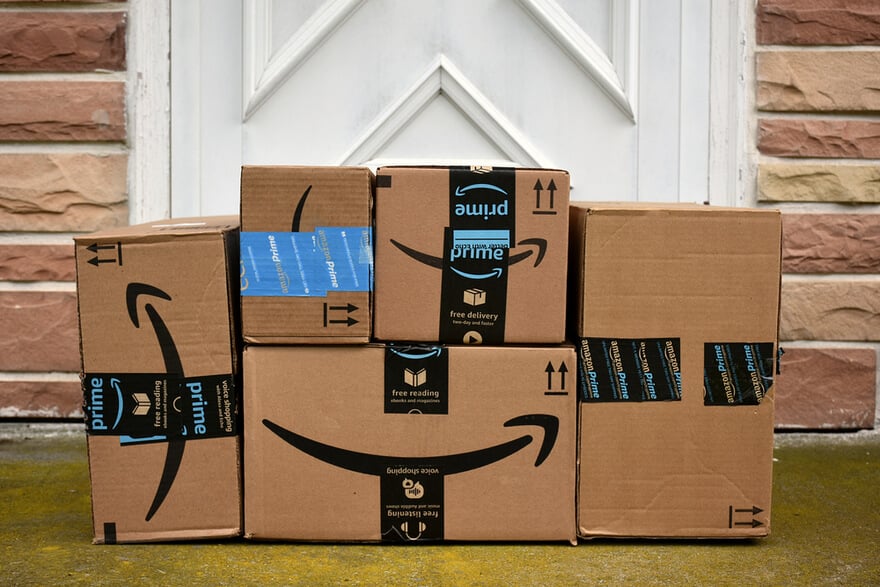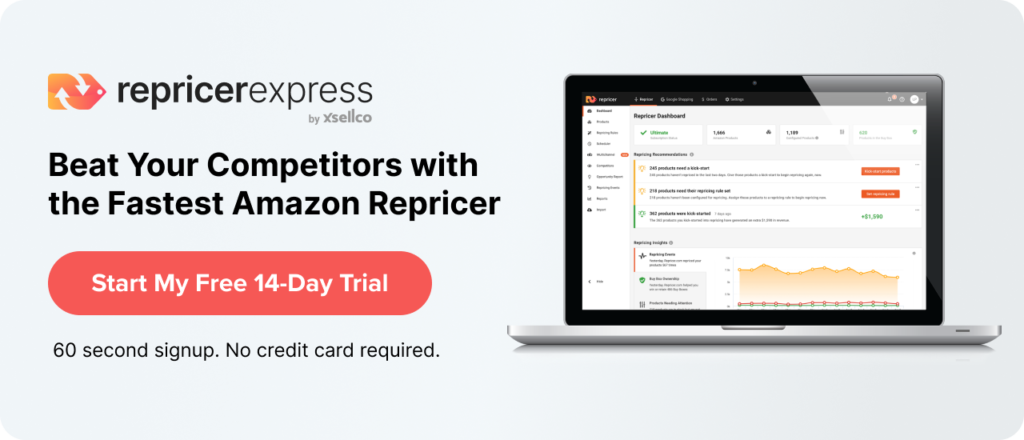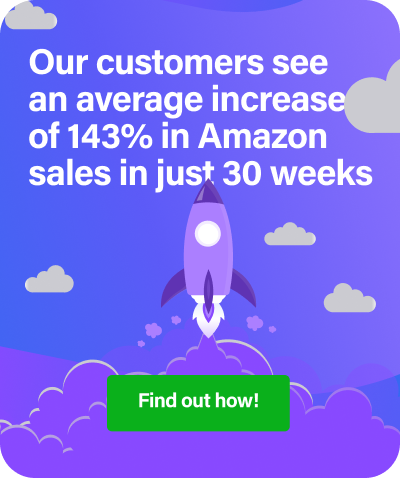[fusion_builder_container hundred_percent=”no” equal_height_columns=”no” hide_on_mobile=”small-visibility,medium-visibility,large-visibility” background_position=”center center” background_repeat=”no-repeat” fade=”no” background_parallax=”none” parallax_speed=”0.3″ video_aspect_ratio=”16:9″ video_loop=”yes” video_mute=”yes” border_style=”solid” flex_column_spacing=”0px” type=”legacy”][fusion_builder_row][fusion_builder_column type=”1_1″ layout=”1_1″ background_position=”left top” background_color=”” border_color=”” border_style=”solid” border_position=”all” spacing=”yes” background_image=”” background_repeat=”no-repeat” padding_top=”” padding_right=”” padding_bottom=”” padding_left=”” margin_top=”0px” margin_bottom=”0px” class=”” id=”” animation_type=”” animation_speed=”0.3″ animation_direction=”left” hide_on_mobile=”small-visibility,medium-visibility,large-visibility” center_content=”no” last=”true” min_height=”” hover_type=”none” link=”” first=”true” type=”1_1″][fusion_text columns=”” column_min_width=”” column_spacing=”” rule_style=”default” rule_size=”” rule_color=”” content_alignment_medium=”” content_alignment_small=”” content_alignment=”” hide_on_mobile=”small-visibility,medium-visibility,large-visibility” sticky_display=”normal,sticky” class=”” id=”” font_size=”” fusion_font_family_text_font=”” fusion_font_variant_text_font=”” line_height=”” letter_spacing=”” text_color=”” animation_type=”” animation_direction=”left” animation_speed=”0.3″ animation_offset=””]
If it seems like everyone is bragging about that one magic item that made them riches on Amazon, well, some of them are full of it. But some of those sellers also put in the time and effort of researching simple, viable products instead of guessing around. RepricerExpress wants you to be one of those who hit the ground running, so here are some ideas and directions to help you find good products to sell on Amazon in 2023.
Good Products are More of a Science Than an Art
If you look at something like Spanx, it looks like founder Sara Blakely magically struck gold one day with a brilliant idea. One day, she cut up a pair of tights and turned that into a billion-dollar empire. But if you look more closely at the details, you’ll see luck didn’t play as big of a role as it seems.
Blakely started generating ideas when she was just 16 and keeps a 99-page single-spaced book of ideas she’s constantly coming up with. The vast majority of them won’t approach the heights that Spanx did, but the core message is to be always thinking, evaluating and researching.
Step 1: Figure Out if You’re Going Wholesale or Private Label
Each has its benefits and is more of a matter of your personal preference and work style. Private label is better suited for sellers who want to put their own stamp of individuality on an item and can easily recognize how and when to market new features to better an existing product; wholesale is more for sellers who’d rather capitalize on an existing brand’s name and reputation.
Next, you’ll want to settle on a fulfillment method for selling on Amazon. Fulfillment by Amazon (FBA) is the most well-known option, making your products Prime-eligible and having Amazon take care of the entire fulfillment process. This luxury can cost the most, as you can expect to pay around 35% of the sale price on each item.
Fulfillment by Merchant (FBM) is the opposite of that, where all things fulfillment (e.g. storage, picking, packaging, shipment, etc.) are your responsibility. If you go this route, it does mean a lot more work on your part, but you’ll also pay less fees.
In the middle is Seller Fulfilled Prime (SFP), which is where you’re in charge of the fulfillment process but can make your products Prime-eligible. Essentially, you have to abide by the two-day shipping guarantee and work with Amazon partners, but the rest is in your hands. Costs vary based on how well you can negotiate with warehouses, couriers and the like.
Step 2: Eliminate Products to Narrow Your Search
Sometimes, it’s easier to immediately cross items off the list instead of adding to them. There are time-tested criteria that tend to result in difficult sales and high costs to you, so avoid items that are:
- Seasonal: Selling seasonal items can be very feast-or-famine, which can make it difficult to plan your year around sporadic revenue.
- Heavy: The heavier an item is, the more it’ll cost to ship.
- Large/Awkwardly-Shaped: Again, this results in higher shipping costs.
- Low in Profit Margin: Pretty much the only way this can be overcome is by selling at a very high volume, which is really difficult to achieve when first starting out.
- High in Competition: You might be wide-eyed at the number of shoppers that flock around a particular item or category, but that also means other sellers have caught on and want a piece of the pie. Again, very difficult to corner when starting out and best avoided.
- Fragile/Easily Broken: Things with glass parts or delicate pieces don’t usually travel well. You’ll have to add in lots of packaging to keep them intact, making it more trouble than its worth. Closely related are products that have the potential to injure — it’s a liability not very tempting to take on.
- Bundled with Restricted Items: The list of restricted (or gated) items on Amazon is very long. Bundles are a fantastic way to boost sales, but not always with items that you have to get approval to sell. And never bundle restricted items with unrestricted items, as this can result in account suspension.
- Often Returned: One of the most attractive features about Amazon is the liberal return policy. Unfortunately, that’s used far more in some categories (e.g. clothing, shoes, baby products, etc.) than others and can spell out high costs and a lot of time spent dealing with them.
- Highly Unique: Amazon’s Collectibles category might seem like a really attractive option. Competition can be low, products can have a high-profit margin, and an item’s dimensions can make it easy and affordable to ship. However, it can be really difficult to source really unique items and continue to do so on a regular basis, violating the evergreen-tends-to-be-best policy.
Step 3: Of the Remaining Items, Look for High Selling Potential
Now that you know features to avoid, let’s take a look at the characteristics that make products sellable.
- Small and Light: There are two ways of looking at this. One is to take “small and light” literally, as packages that are $7 or lower, 16x9x4 inches or smaller and 10oz or less qualify for the Small and Light program (make sure that they’re not restricted, adult, dangerous goods, FBA-prohibited, temperature-sensitive, slow-moving products or used with existing FBA offers). The other way to look at it is to stay between the $10-50 range, make it easily fit in a shoebox or smaller and have it be on the lighter side.
- Batteries Not Required: Sure, you can sell kids’ toys with the batteries included to make it a more attractive option, but the even better way to go is to sell toys that don’t require batteries at all.
- Multipacks: Look at things like socks. There’s a reason why they sell better in multipacks than singles, and that’s because people pay fewer fees and they tend to be items shoppers need on a regular basis. Don’t just limit yourself to socks, but check out what household items can be sold in multipacks.
- Complimentary Items: This is when you look for items that naturally go well with popular items and can result in the much-valued “You may also like” over time, giving your listings more exposure.
- Durability: Remember how we cautioned against shipping items that are fragile and could break in transit? Go the opposite way and look for items that are durable and can transit well, like if an item can drop from your hand over your head and still be okay.
- Easily Sourced: If you can easily and quickly order items from suppliers that are locally-based, it makes it much easier to track your inventory and plan for the long-term. Plus, you can avoid the headache of overseas shipping costs and customs fees.
- Evergreen: Lastly, items that are evergreen (relevant at any time) mean you’ll get a steady source of revenue and sales throughout the year.
Final Thoughts
Like Sara Blakely, keep a log of product ideas you come across, using the criteria listed above to eliminate and add products. The key is to be methodical and scientific in the process of finding what to sell on Amazon that’ll be profitable, as opposed to solely relying on sudden bursts of creativity.
Once you’ve got your list of items and are ready to sell online, take the next step with RepricerExpress. It makes it easy to set pricing rules to make costs aggressive and attractive on Amazon, and you get a free trial when you sign up now.
Related reading
- The 5 Most Profitable Product Categories for Amazon FBA
- What to Sell on Amazon FBA: The Definitive Guide (2023)
[/fusion_text][/fusion_builder_column][/fusion_builder_row][/fusion_builder_container]



